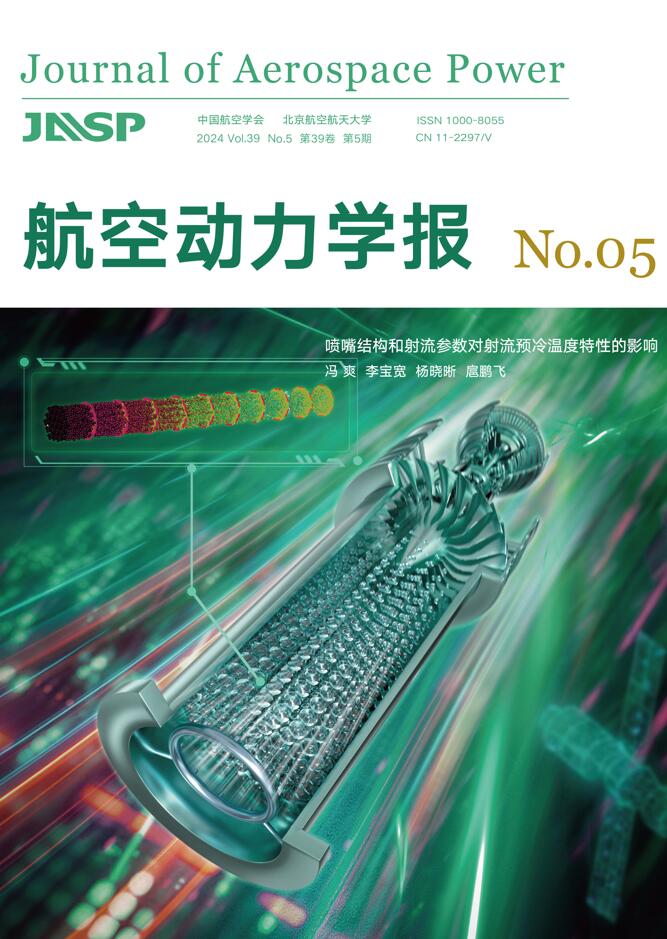2021 Vol. 36, No. 12
Display Method:
Influence factors of nonlinear stiffness of bolted flange connection structure under different loads
2021, 36(12): 2503-2514.
doi: 10.13224/j.cnki.jasp.20200539
Abstract:
2021, 36(12): 2524-2536.
doi: 10.13224/j.cnki.jasp.20210054
Abstract:
2021, 36(12): 2545-2554.
doi: 10.13224/j.cnki.jasp.20200555
Abstract:
2021, 36(12): 2568-2577.
doi: 10.13224/j.cnki.jasp.20200547
Abstract:
2021, 36(12): 2578-2585.
doi: 10.13224/j.cnki.jasp.20200534
Abstract:
2021, 36(12): 2596-2605.
doi: 10.13224/j.cnki.jasp.20210330
Abstract:
2021, 36(12): 2606-2620.
doi: 10.13224/j.cnki.jasp.20200563
Abstract:
2021, 36(12): 2621-2630.
doi: 10.13224/j.cnki.jasp.20210040
Abstract:
2021, 36(12): 2642-2651.
doi: 10.13224/j.cnki.jasp.20210042
Abstract:
Simulation on dual-fuzzy energy management strategy of UAV extended range electric propulsion system
2021, 36(12): 2652-2662.
doi: 10.13224/j.cnki.jasp.20200546
Abstract:
2021, 36(12): 2663-2672.
doi: 10.13224/j.cnki.jasp.20210805
Abstract:







